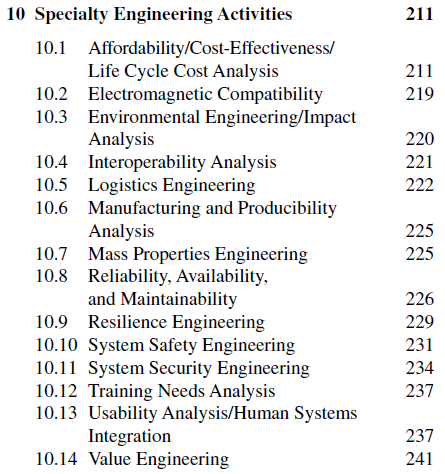Table of Contents
- Part 0: Overview
- Part 1: What is Agile, Anyway? (you’re here!)
- Part 2: What’s Your Problem?
- Part 3: Agile Contracts and the Downfall of Requirements
- Part 4: Digital Transformation
- Part 5: Agility on Large, Complex Programs
What is “Agile”?
Agile is a relatively new approach to software development based on the Agile Manifesto and Agile Principles. These documents are an easy read and you should absolutely check them out. I will sum them up as stating that development should be driven by what is most valuable to the customer and that our projects should align around delivering value.
Yes, I’ve obnoxiously italicized the word value as if it were in the glossary of a middle school textbook. That’s because value is the essence of this entire discussion.
Little-a Agile
With a little-a, “agile” is the ability to adapt to a changing situation. This means collaboration to understand the stakeholder needs and the best way to satisfy those needs. It means changing the plan when the situation (or your understanding of the situation) changes. It means understanding what is valuable to the customer, focusing on delivering that value, and minimizing non-value added effort.
Read More
